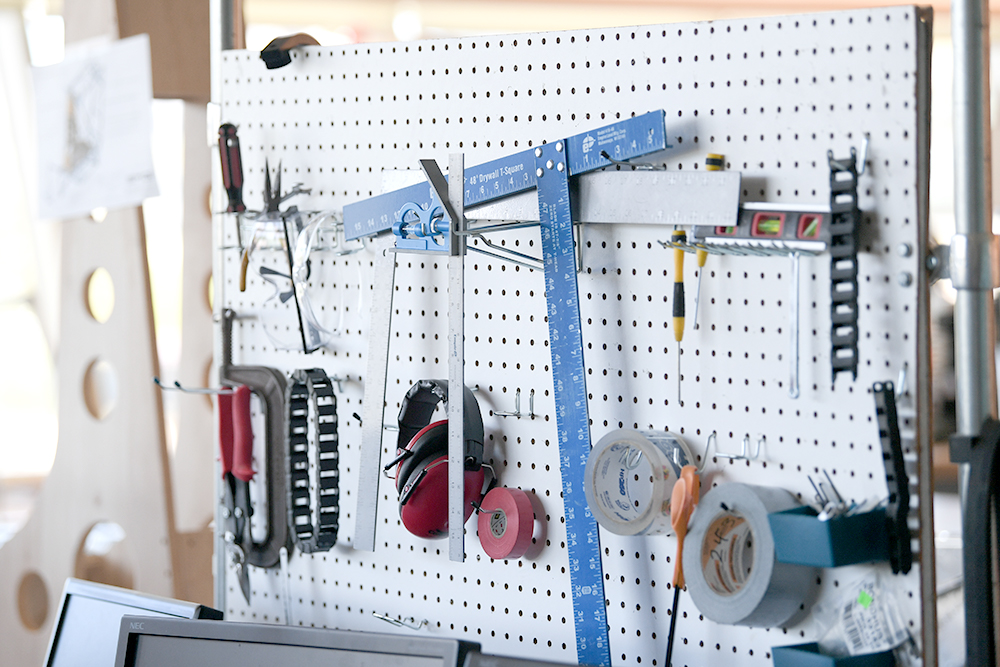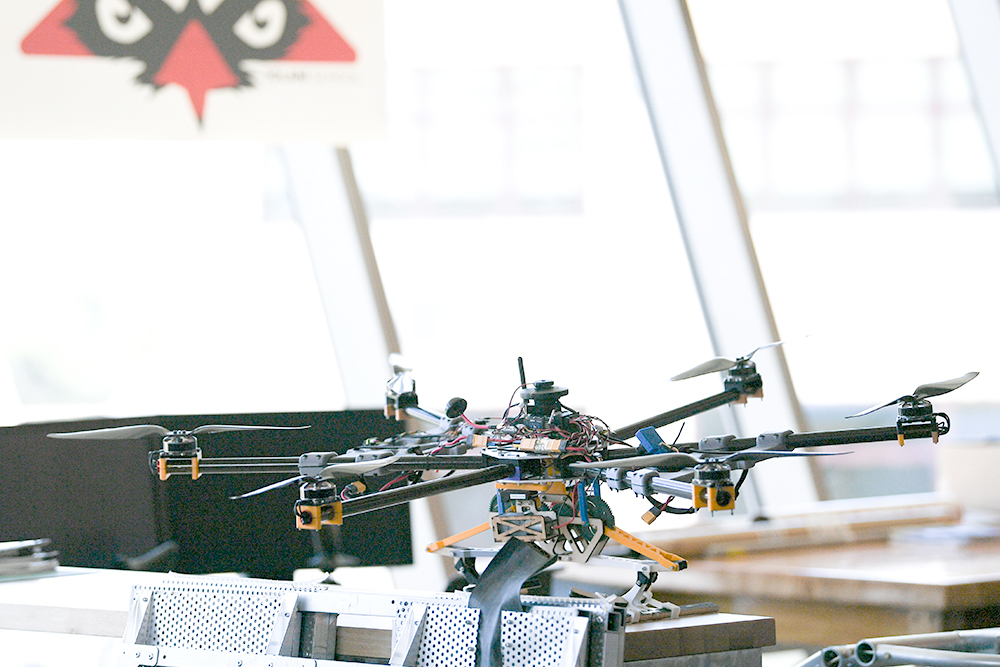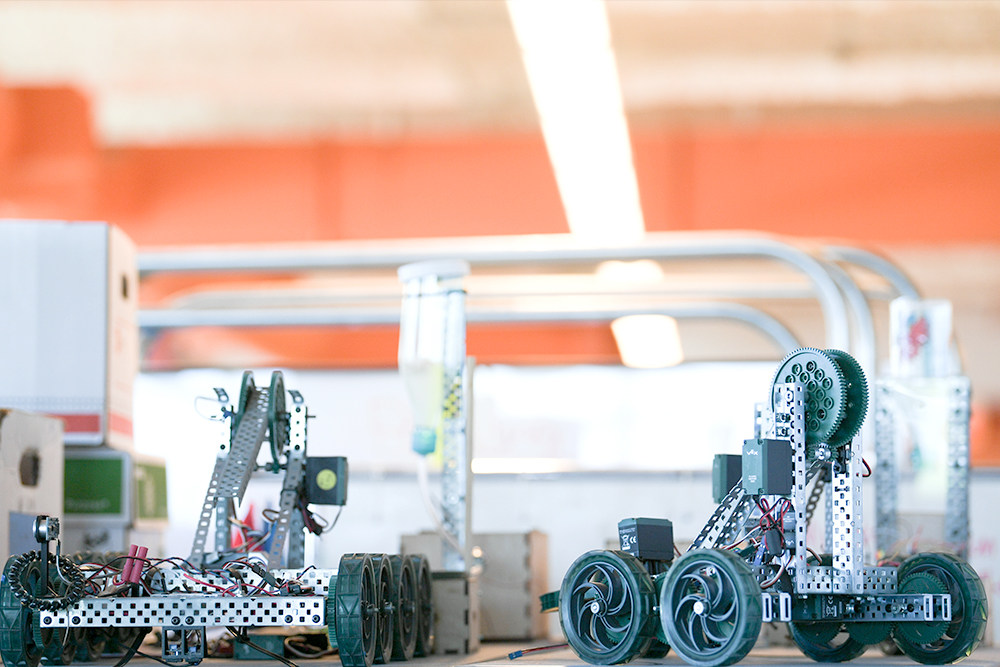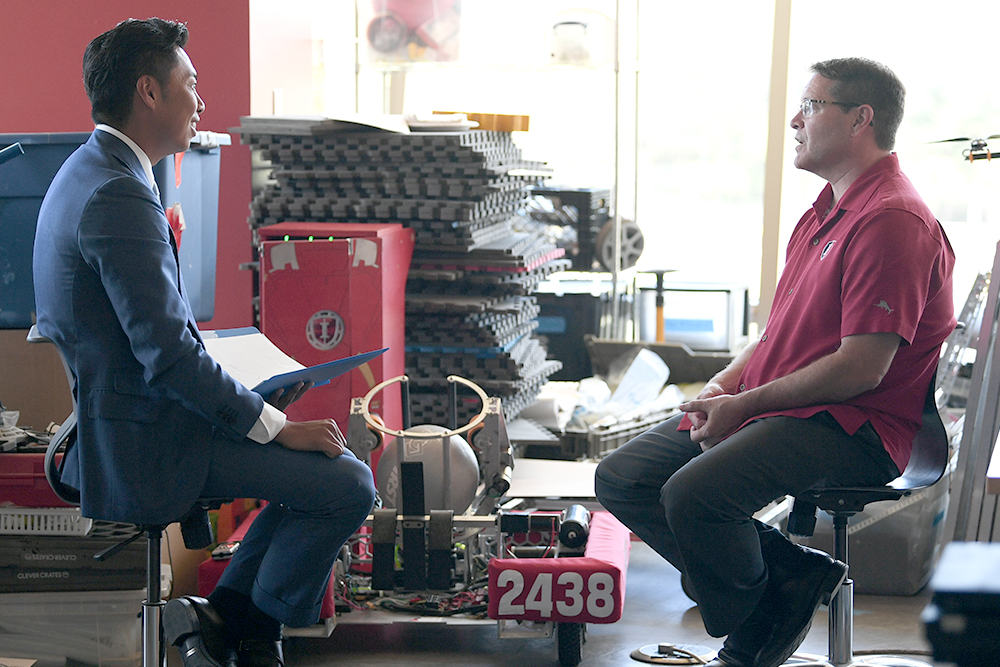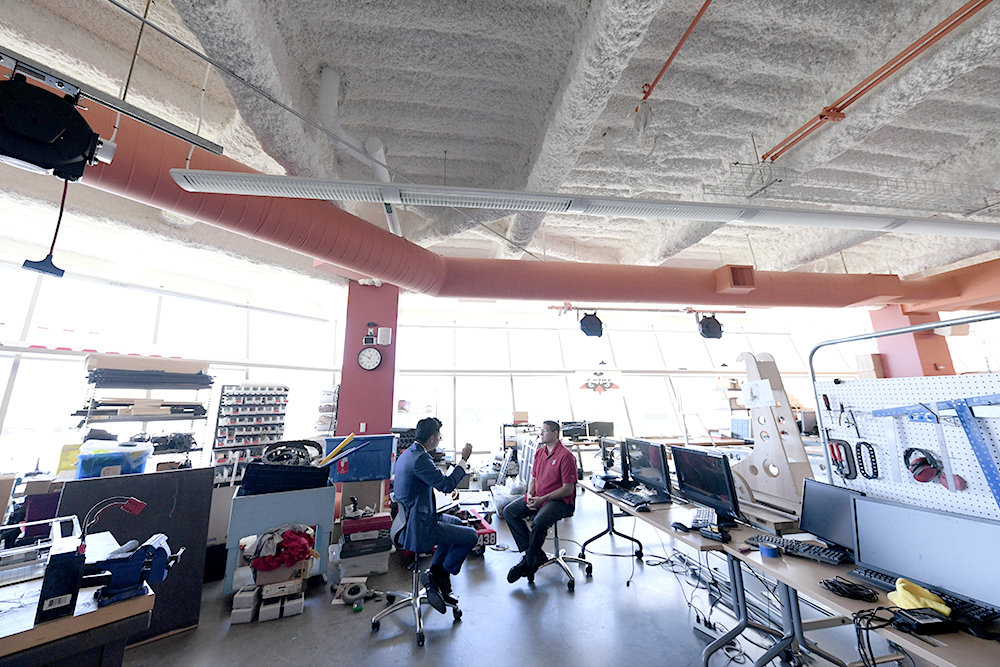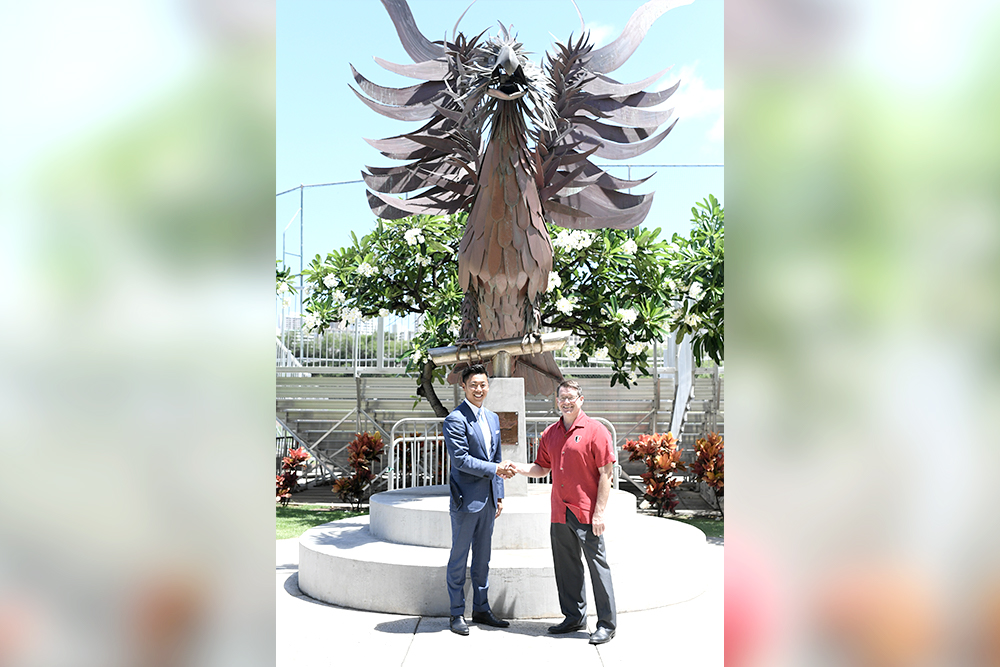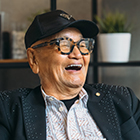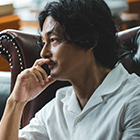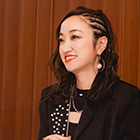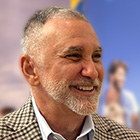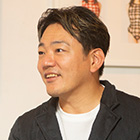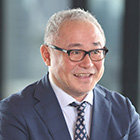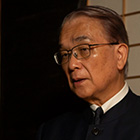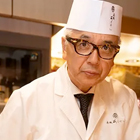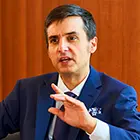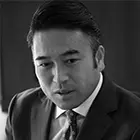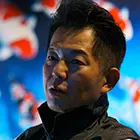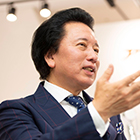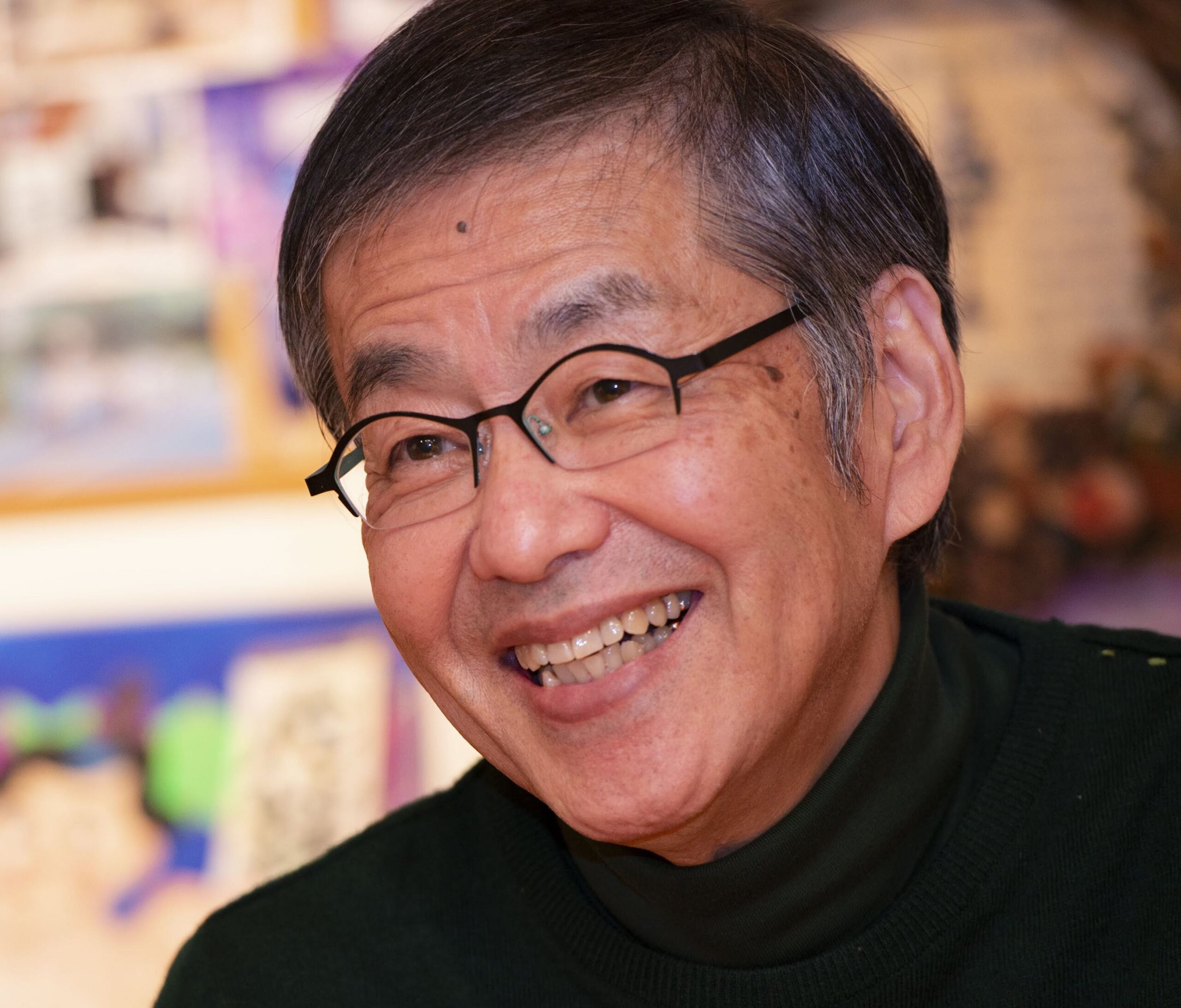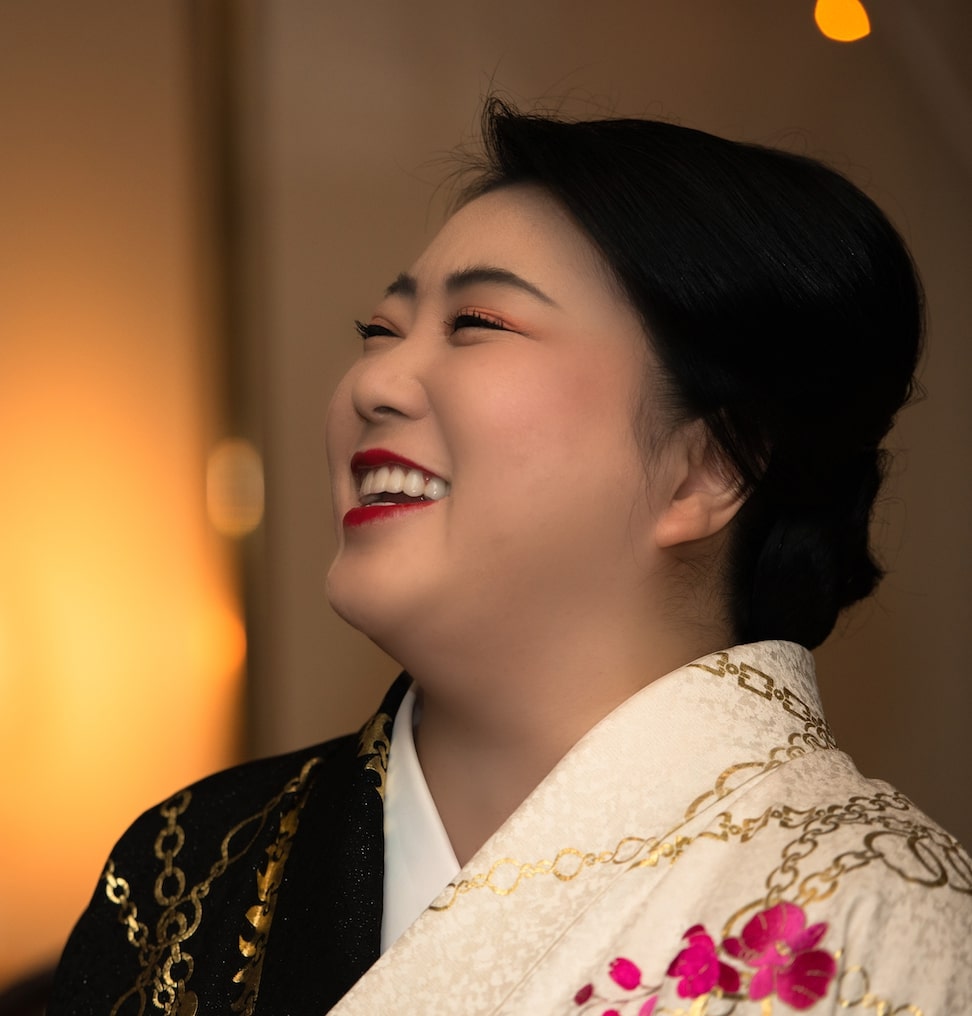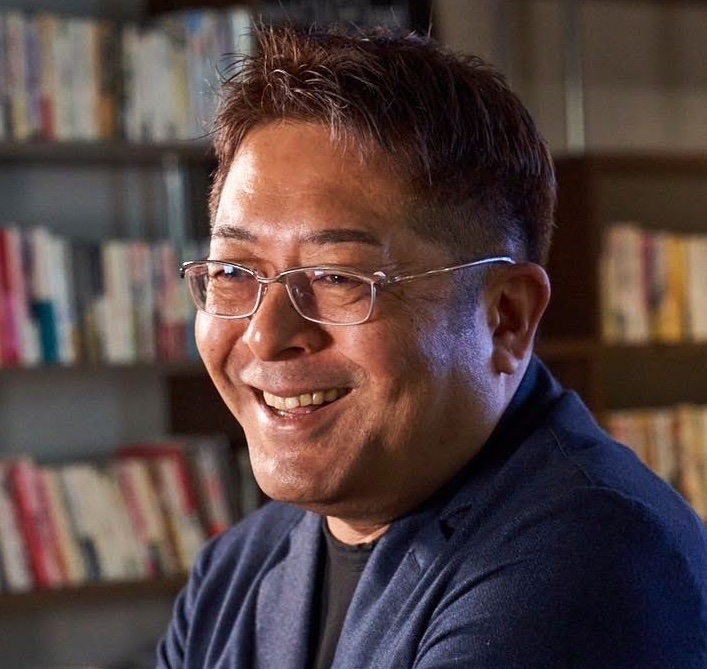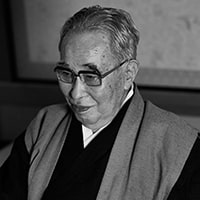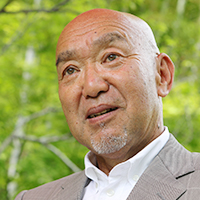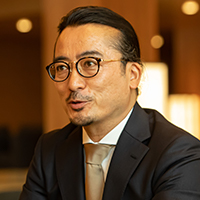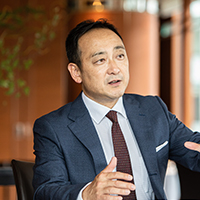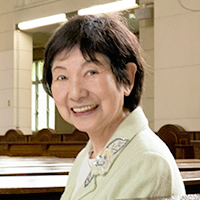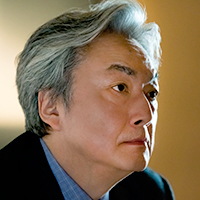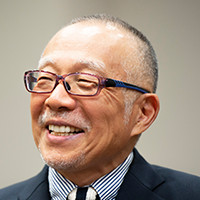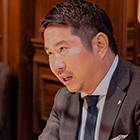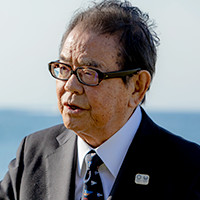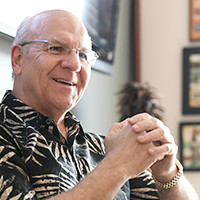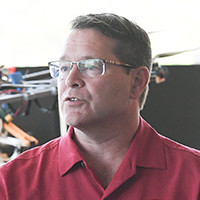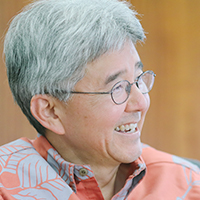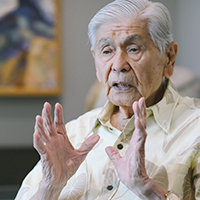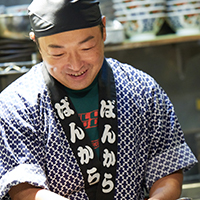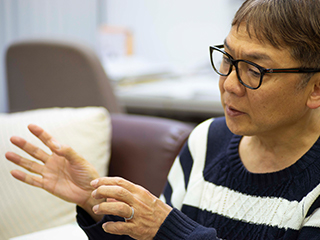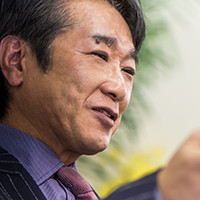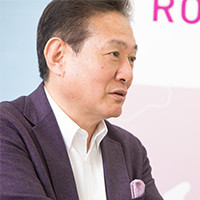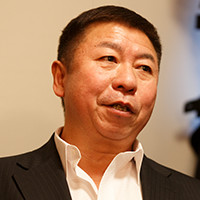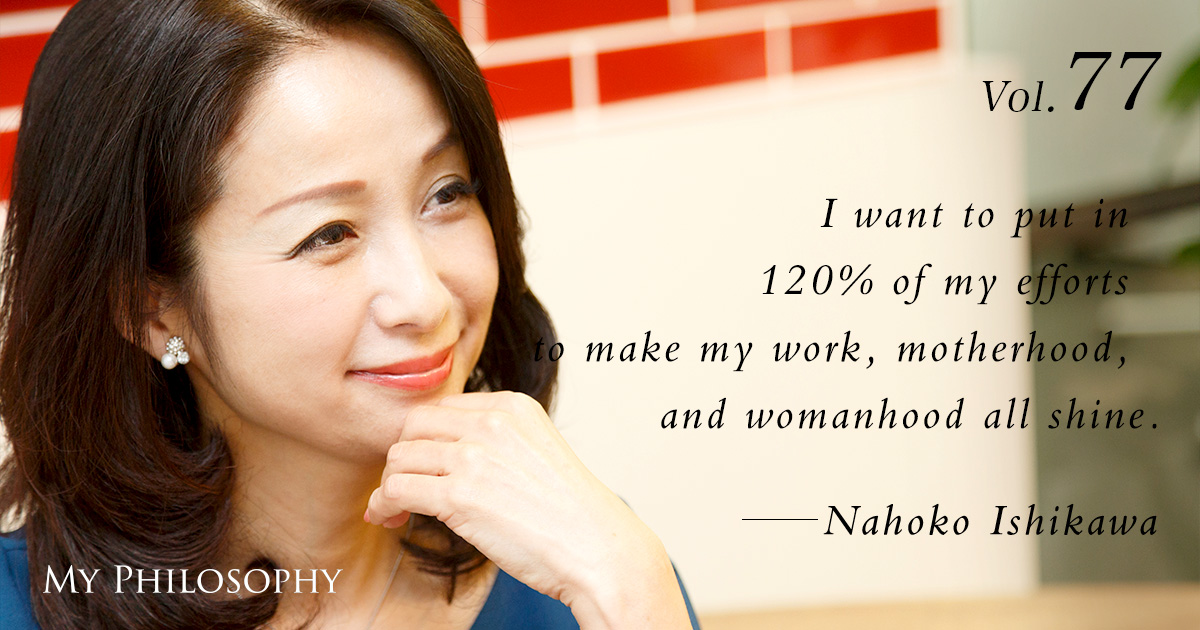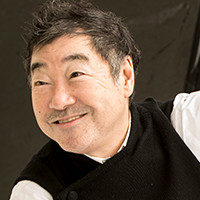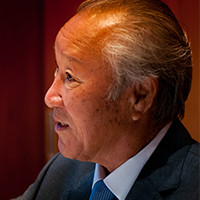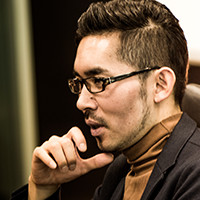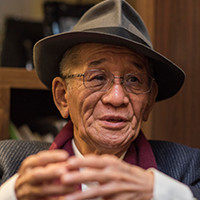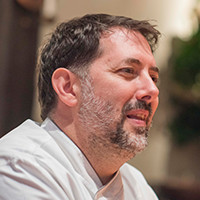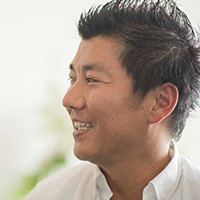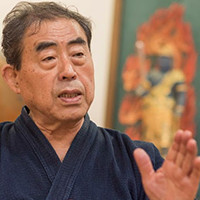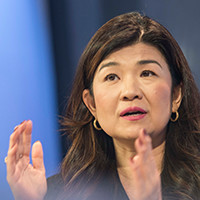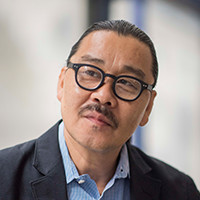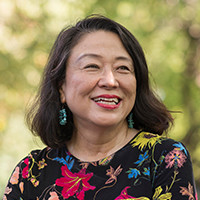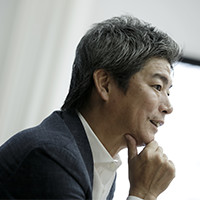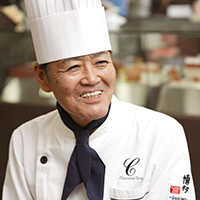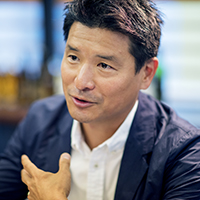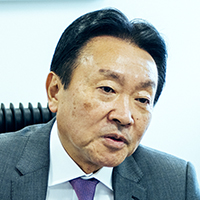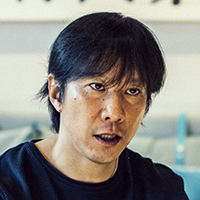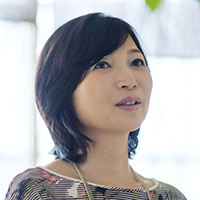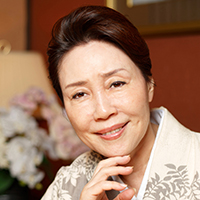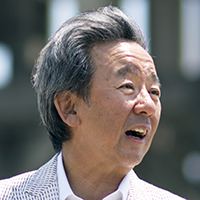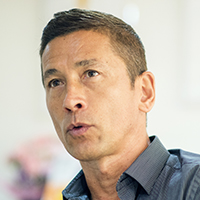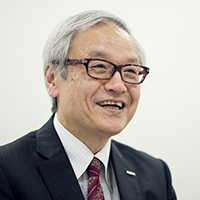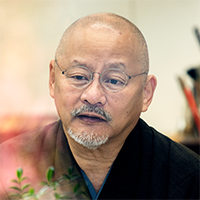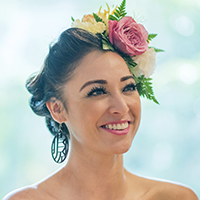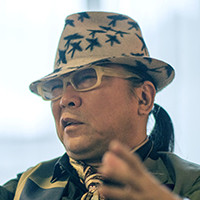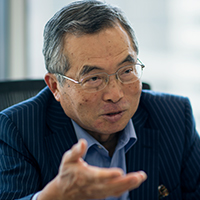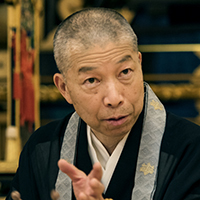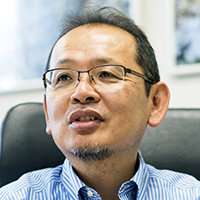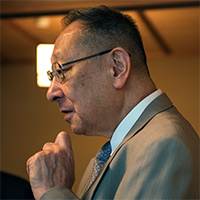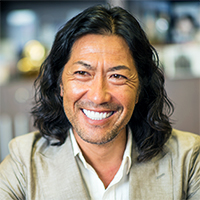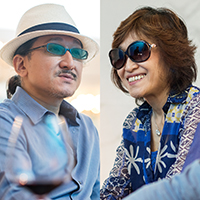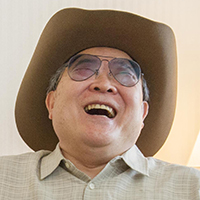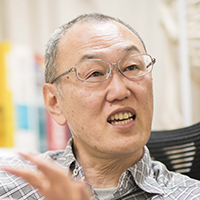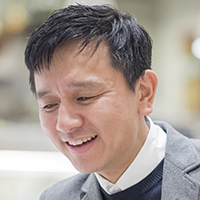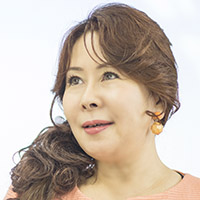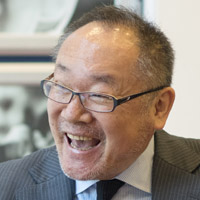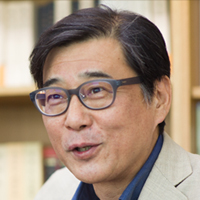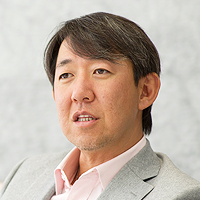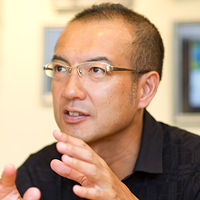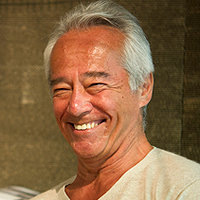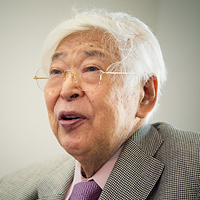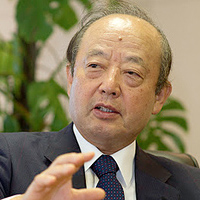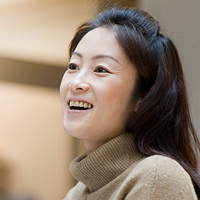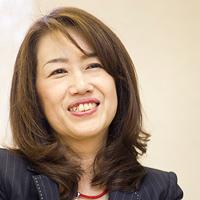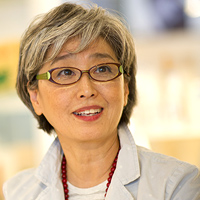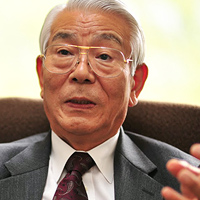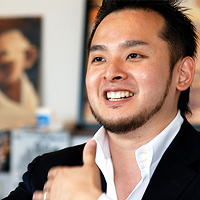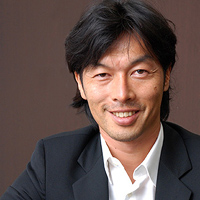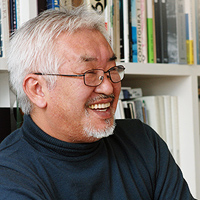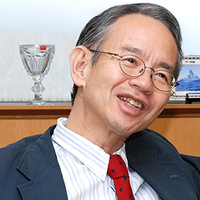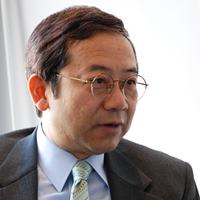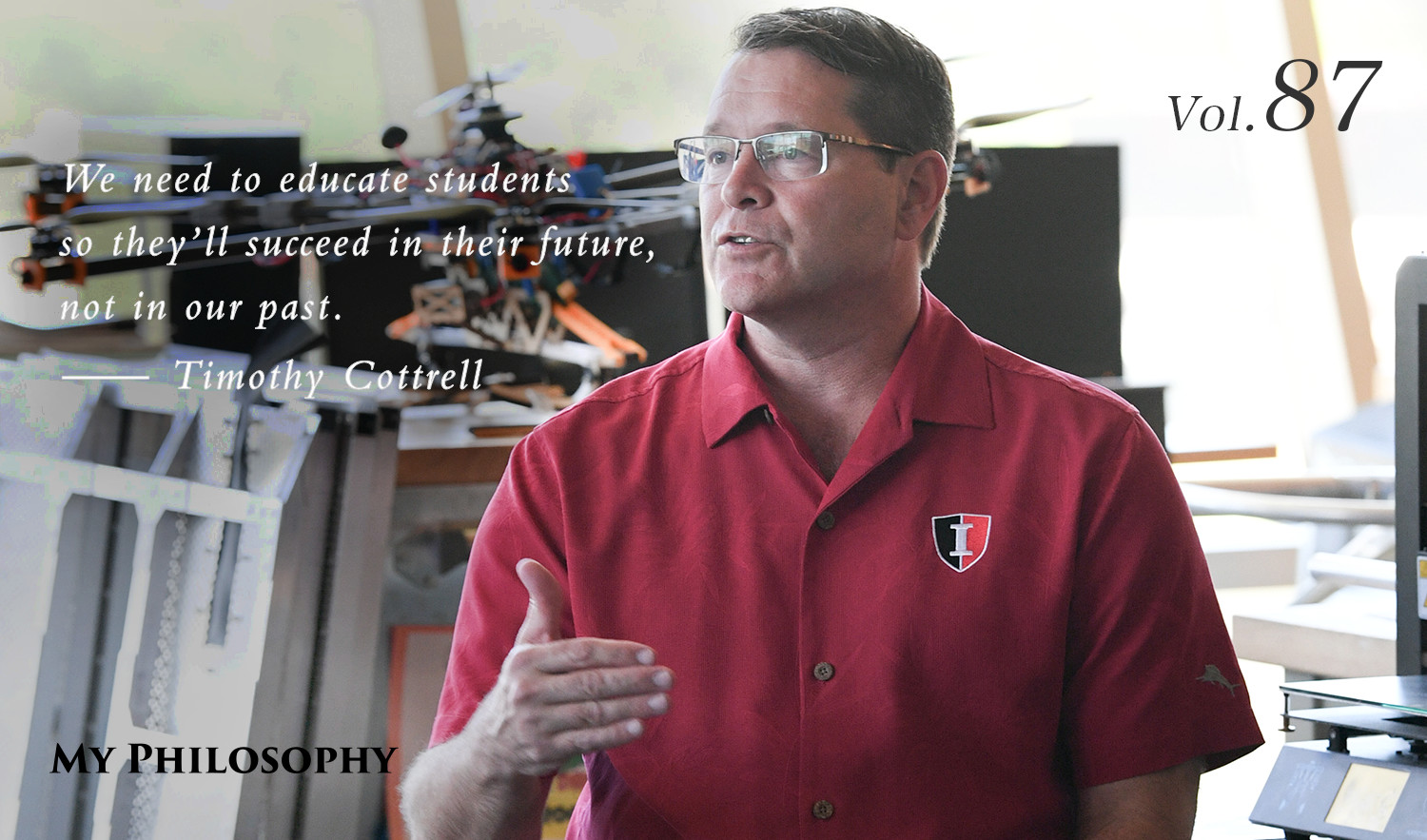
Since 2012, Timothy Cottrell has headed the ‘Iolani School, a renowned school with more than 150 years of history in Hawaii. We sat down to hear about how his visionary leadership and experience has driven ‘Iolani further into the 21st century.
Profile
Vol.87 Timothy Cottrell
Head of School, ‘Iolani School
Timothy Cottrell received a B.S. in Chemical Engineering from Syracuse University, and earned an M.A. and Ph.D. in Chemical Engineering from Princeton University. After serving as head of the Harley School from 2006 to 2012, he came to ‘Iolani School where he currently serves as Head of School.
Traditional Yet Focused on the Future

With the transition from the industrial age model of education to a knowledge-based education system, what’s really important is to move from things that are information-based to skills-based. So, instead of a system that primarily wants students to memorize facts or learn very particular things that have long been the canons of knowledge, now we’re really looking to hard skills. We want our kids to be great problem solvers. We want them to be great communicators. We want them to understand how to work in a very collaborative setting. We want them to have a lot of cultural competencies so they can work in a globalized economy. So many of those things enter into what we’re doing now, and that has really changed the experience our students have. Where traditionally they would be going to class, doing a lot of homework, and solving those types of book-related problems, they now have more opportunities to tackle messy, real-world problems, do university-level research and university-level engineering projects, and get out in the community and do significant service work – those types of things. And with all the things that are displacing traditional jobs and skills, we need to educate students so they’ll succeed in their future, not in our past.
Every student at ‘Iolani gets an iPad Pro. It’s part of the standard equipment of the school. Every classroom has a smartboard. We use a lot of technology here, and our philosophy is not that we want our kids to be enamored with technology, but that we want them to swim in the world of technology so that as they get older they’ll be able to continuously adopt and learn newer and newer technologies. The more they are immersed in that as a normal part of their lives, the easier it will be for them to use these emerging communication and collaboration tools in the future.
But the synergy is in uniting both sides of education. There’s the new stuff, and then there are those timeless things. And the timeless things in education are things like work ethic, values, beliefs. We believe in working together and believe that your individual success is actually our shared, collective success. That is a long-standing aspect of ‘Iolani culture. We can educate all the other stuff very quickly, but you have to have the work ethic. That’s one of the more long-standing traditional things that we don’t change at this school.
I spend a good amount of time preserving and stewarding what I consider to be the timeless aspects in education – being an honest person, a person with integrity, morality, good work ethic, all of those things. Regardless of what you do in the future, those values will help you. And when you look around at the world, at all that’s going on with the media and things like that, it can be challenging. The world is not necessarily sending young people the message that honesty is important. But it is, so we spend a lot of time working on that.
Problem Finding and Problem Solving
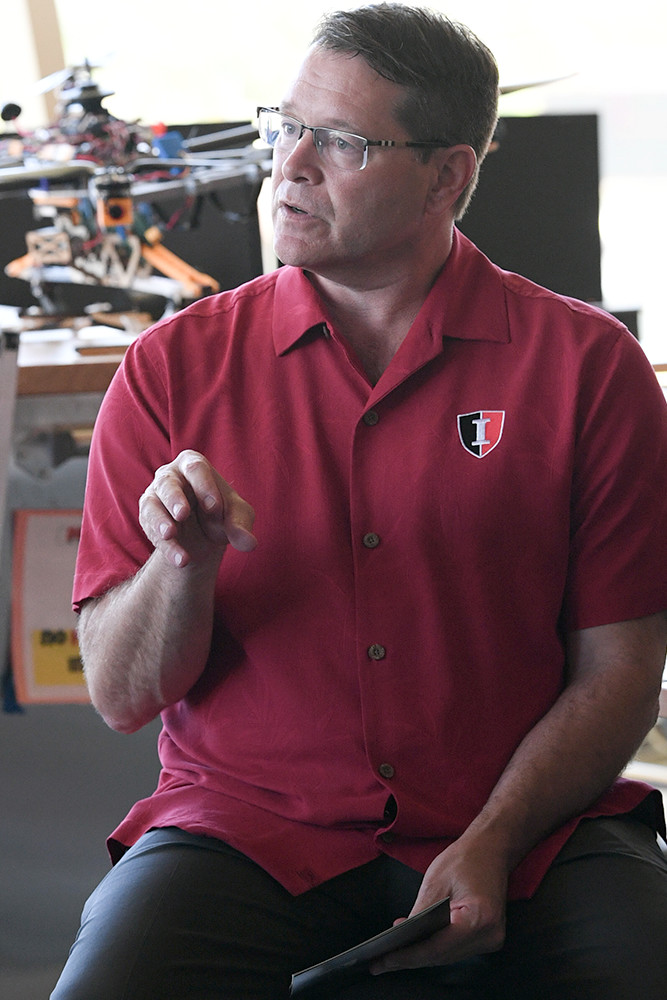
In our big innovation center, which is 40,000 square feet of innovation space, we have a lot of connections to the community where people will bring us problems. So on one side, we have a body of problems that are in the community, and students can choose to work on those problems if they are interested. The other side is simply the student side. If there’s something that they’re particularly interested in, we’ll often shape the curriculum to suit the problem they want to address. A lot of the courses are set up to allow students to do that.
A robotics course, for example, would have design parameters that students would need to use, but within that, a team of student designers would have to come up with their own problems. So students might build a drone to go and take water samples from the nearby, very polluted Ala Wai Canal. And they would do that in partnership with students doing research on bacteria in canal. In the same class, another set of students might build a vertical-takeoff airplane that can transition to horizontal flight. Completely separate ideas, but they fit within the design parameters of the course. Many of the courses we have now are much more open-ended that way. And oftentimes, students will engage in projects over multi-year periods. The example I gave of the water sampling was a team of three girls, and they are now in their third year of working on newer and newer versions of their drone.
Again, we want messy, real-world problems that don’t have defined solutions. The kids have to go through an iterative process and learn that your first idea is rarely the right idea. You continually learn through the process of creation. So, when we talk about the courses that happen within our innovation center, there is the problem that the students are going to work within, and there is also a story. They have to tell us their story. Our students have done presentations to our board of governors, to people at the University of Hawaii, even the governor of Hawaii. When they complete a project, they’ve got to then tell their story. So, it’s a little bit like an entrepreneurship model. If you make a product, you have to market it. So we’re teaching the kids that communicating to the world what they’ve done is as important as the actual work itself.
We Achieve Together
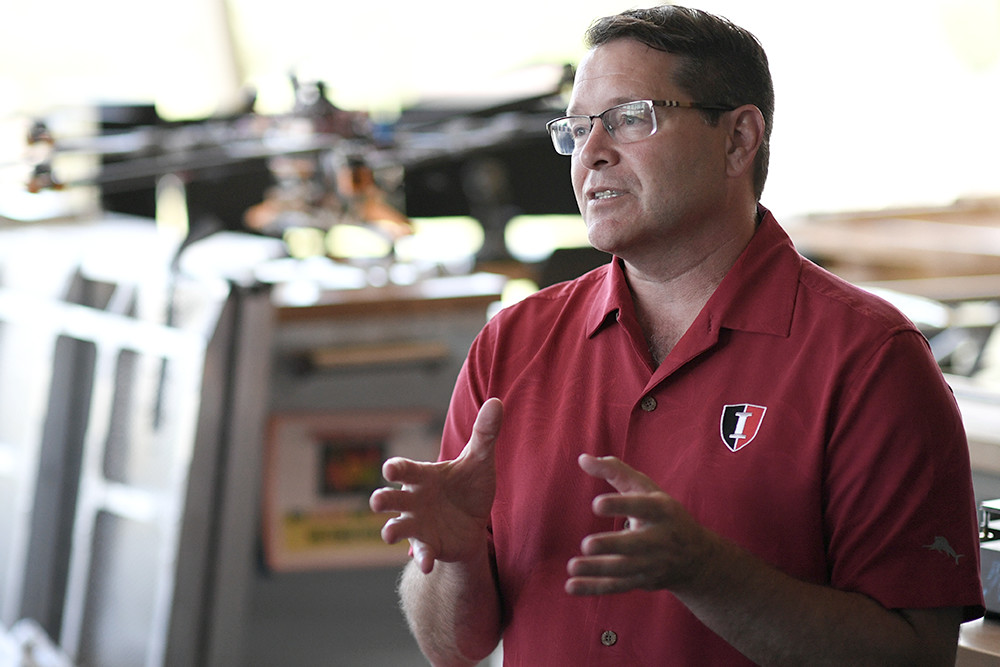
“Our strategic plan is titled together as one. We always say, at `Iolani we achieve together. We have a lot of stars within our student body. We have Intel prize finalists, we have students who are recognized nationally as musicians, we have all of these achievers. But culturally, the way we see it is, “I’m thankful for everybody around me who’s helped me achieve this.” It’s very much a culture of intellectual humility, which we feel maps very well onto the future. The more people have to work together in groups, the more intellectual humility is valued as a way of working together. The culture of the school is very, very strong?even for students that enter in ninth, tenth, eleventh, and twelfth grade.
Part of what makes the culture so strong here is the relationships between teachers and students. I think it would be hard to do what we do at a public school, simply because of the amount of support that it takes. We oftentimes have student-to-teacher ratios of nine-to-one or six-to-one or even, in our independent study research program, one-to-one. So, it takes a lot of resources to support students who are trying to solve complicated problems. Public schools have a 25-to-1 model. That’s 25 students in a single class. Our whole innovation center is based on much smaller ratios than that, all the way down to one-to-one.
Learn, Unlearn, Relearn
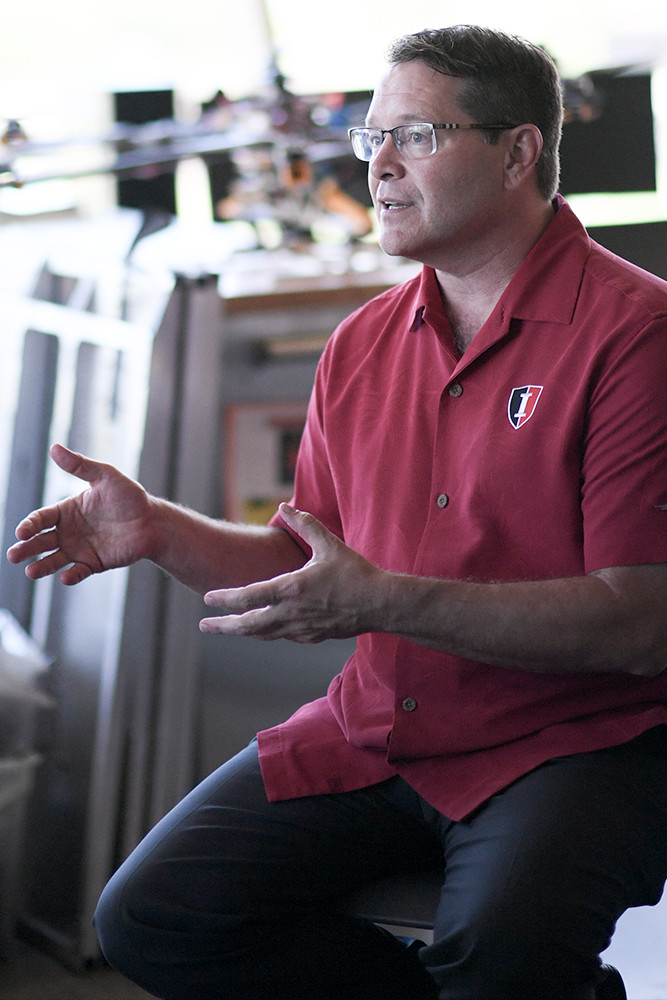
It’s projected that most Generation Z kids who are going to school now will have eight to ten different career trajectories, so what you really want to make sure you’re good at is learning. The ability to learn, unlearn, and relearn. Unlearning is the ability to let go of some preconceived ideas of how things are supposed to work. If you’re stuck in a particular way of thinking, then you can’t relearn or learn something new. Say you write things down in a notebook all the time, on a piece of paper. That’s what you learned to do. And then I hand you an iPad. You have to unlearn, right? And then you have to relearn.
Of course you have to be a good communicator, a good writer, and you have to be able to work well with people. But you also have to be a voracious learner so that if you can easily make transitions, everything you do will build on top of itself and make you better and better at learning new things. That’s the opposite of saying, “I’m going to be an accountant forever?that’s what I am and that’s what I do.” But what if the world introduces something that makes accounting less valuable? You have to be able to switch to something else. You need a practical strategy and a strategy for the unknown. That’s a skill in and of itself.
On the practical side, there are things that you know are going to be emerging industries. Healthcare and biotechnology, for example. So, on the fourth floor of our innovation center, we have a big biotech lab where our kids do graduate-level genomics, which will be a big area in the future. Robotics, too, obviously. A lot of our kids are doing robotics work. There are practical things in the STEM field that aren’t going to be replaced where there’s still a lot of room for discovery, and I think modern medicine is really going to take off, as well. So, we will certainly being involved in medical research and biotechnology for a long time.
We have a large fraction of faculty who have been here 20, 30, even 40 years. And we’re all committed to the same thing. Part of this goes back to some of the influence that Japanese culture has had on ‘Iolani. We’re very committed to excellence and to the process by which you achieve excellence. Maybe some people have been teaching here 20 or 30 years, but then we bring them these iPads, for example, and make a case for why they’re important for our students to achieve excellence in the future. Now we all have to do the work of learning, unlearning, and relearning so that we can best empower our students. We’re all committed to that.
The Courage to Say “Why Not?”
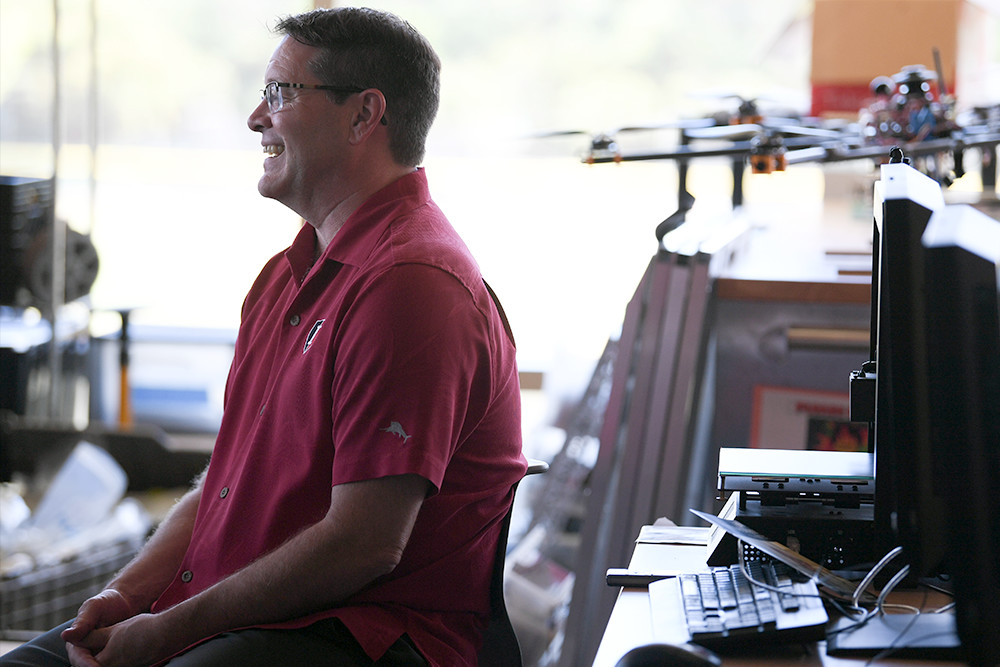
In the 1980s, Jet Propulsion Labs saw a lot of their engineers retire. Their great engineers, the guys who built the Apollo missions, the men who fixed Apollo 13 with duct tape. They did everything. Well, those guys started to retire, so JPL went out and hired the best and the brightest. But within a couple years they began to realize that they couldn’t solve problems the way they used to. And they couldn’t understand what was wrong because they had the smartest people that colleges were producing. So they found an engineer, a guy who ran an auto-racing team and was having the same problem in his shop and had analyzed what was going on. JPL brought him in and they analyzed the workforce.
It turned out that they had replaced a lot of people who grew up tinkering. People who would take apart their parents’ TV, who would take apart their radio and put it back together, all that kind of stuff. They had been replaced with people who are really good at solving problem sets. People who are really good at reading a textbook and solving the problems. In a very short period of time, they lost the ability to solve those messy problems. So they had to change what qualities they looked for in the people they hired. They wanted kids who grew up and were in messy spaces like this, who tinkered with a lot of things and had a lot of experience with failure and success. It was not just about doing the problem right to get an A. So how do you help somebody with that? You throw them into an environment where there are these messy problems, and there is no great solution. They simply have to, through the iterative process, experience failure. Success and failure, over and over again. So they learn how to have the courage to say, “Why not?”
The traditional paradigm of, “Here’s a book, here’s the homework, now I’m going to give you a grade,” makes for very risk-averse students. Because as long as you work within that system, you’re going to get the reward you want. You work hard, you do your homework, you hand it in to your teacher, they give you an A, and it’s a good job, right? You’re taking very little risk there. The only risk is if you don’t do your homework. You’ve got to jump into the pool and swim in order to have your brain develop in a way that makes you feel comfortable jumping in. You have to have a tolerance for risk. You have to be able to handle the risk of failing. Again, most engineering problems are a process of failure, success, failure. It’s an iterative process that eventually leads to the best possible solution.
How We Are Motivated
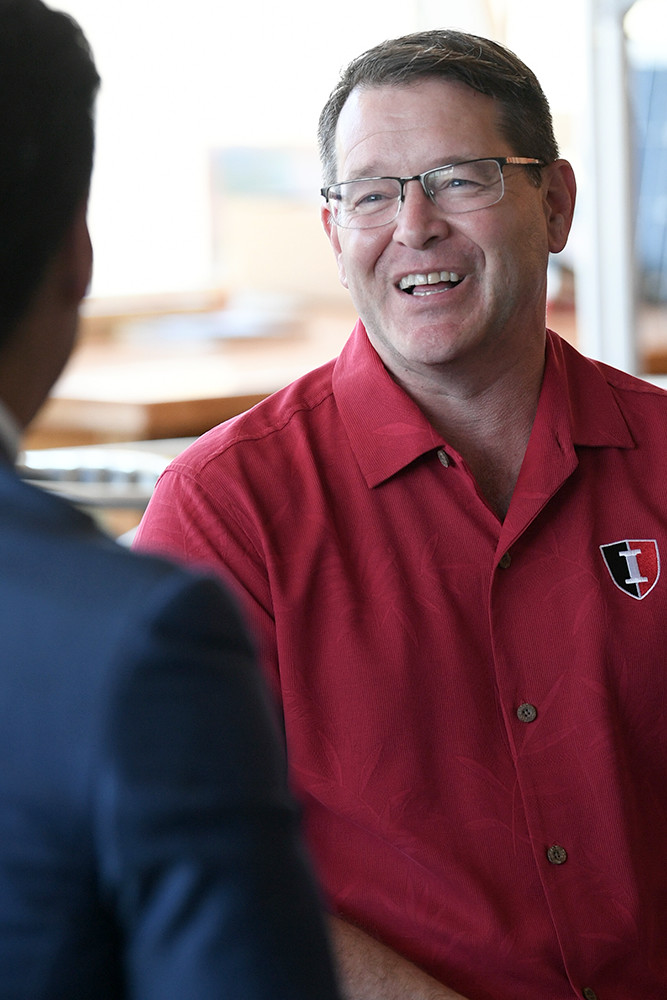
In one of our promotional videos, Guy Kawasaki talks about autonomy, purpose, and mastery. That’s a very different educational model than just, “Here’s your assignment.” There’s no autonomy there, right? What’s the purpose? A student might say, “Well, my purpose is to try to get a good grade, and if I work hard enough, eventually I’ll master what I’m doing.” What we try to do here is give students authentic autonomy, so they are the ones who are responsible. We’ll give you parameters, and you’ve got to do your project within the parameters.
Purposefulness often comes out of working together. For teenagers, relationship is the number one thing in their lives. So if we can connect two different teams, or even the kids working within the teams, that is really what makes it purposeful. And they achieve mastery by going through the process of doing the project over and over again, making successive versions until they get to a really good solution.
We’re also very open source. We have relationships with Ritsumeikan, with Taki, with Nada High School in Kobe, Japan. We’re always looking for those kinds of partnerships. The education system is very traditional in Japan, so it’s not always easy to say something like, “Let’s have a joint robotics program,” but we’re willing to help any school that would want to take that leap and share our curriculum with them.
We also try to motivate students by bringing in people who have real-life experience. In that way, we allow the students to manage their own projects. The teacher serves as a supporter, a coach, a supervisor. They’re not in there saying, “Do this, do this, do this.” They have enough experience that the students can take off down a certain road, and when they get into trouble, the teacher can help them adjust from there. But it comes down to our dedication to giving students really authentic opportunities to learn.
It was a pleasure to work with Mr. Sugiyama on the interview. As in most fields these days, the rate of change of technology and access to information is a transformative force. Education is no exception and I found our discussion to be meaningful and relevant in this regard. It is an honor to among the distinguished voices that Mr. Sugiyama is capturing and I am truly grateful for the opportunity.
Timothy Cottrell Head of School, ‘Iolani School
Any parent would feel safe sending their child to ’Iolani School under Mr. Cottrell’s educational leadership. His idea of “Learn, Unlearn, Relearn” marks an attitude of constant self-reinvention. When the world changes, you must learn and adapt and even discard old ways of thinking. You might even call it the educational equivalent of the Buddhist concept of danshari: refusal, disposal, and separation.
I also believe that one of the most important roles an educator has is equipping children with the skills they will need when they enter society. The students at ’Iolani were all bright and cheerful. I even caught myself feeling jealous that they were able to go to school and play sports in the wonderful Hawai’ian weather! [laughs] Their curriculum is designed to allow them to succeed in the future, and I can only imagine how they will go on to change our society. We have a lot to look forward to.
This interview took place at ‘Iolani School, in June 2018. Editing: Queen & Co. Photography by Better Naoya Oshita.





